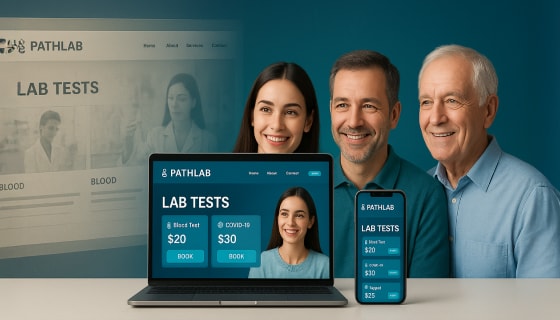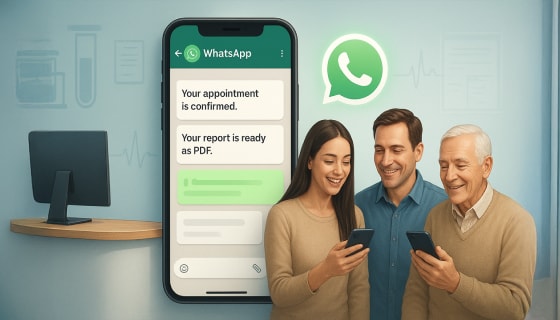“Hi [Patient’s Name],
I hope you’re feeling great after your treatment! It’s always a pleasure to see our patients doing so well. We’re currently collecting feedback from our patients to help others who are considering similar treatments, and I wanted to ask if you’d be comfortable sharing your experience with us.
Your testimonial would help others feel confident in choosing our practice and give them a better idea of what to expect during their treatment. Can you share your story with us? We can make it as simple as a short written statement, or, if you prefer, a video testimonial would also work.
Of course, you can choose to remain anonymous if you’d prefer. Does that sound good to you?”
Subject: We’d Love to Hear About Your Experience at [Practice Name]
Dear [Patient’s Name],
I hope you’re doing well and feeling good after your treatment! It was such a pleasure working with you, and we’re thrilled to see your progress.
If you’re open to it, we’d love to hear about your experience with us. Patient testimonials help others make informed decisions about their healthcare, and your feedback would be greatly appreciated. You can provide a short written testimonial, or, if you prefer, we can arrange a quick video or phone recording. The choice is entirely yours.
If you’d like, you can remain anonymous in the testimonial. Please let me know how you’d like to proceed, and we genuinely appreciate your time and consideration.
Warm regards,
[Your Name]
[Your Practice Name]
[Contact Information]
Testimonial Permission Form
Patient Name: [Full Name]
Treatment Received: [Treatment/Procedure Name]
Date of Treatment: [Date]
By signing below, I give [Practice Name] permission to use my testimonial, in whole or part, on their website, social media platforms, marketing materials, and other promotional content. I understand that my testimonial may be shared publicly and that it may be used for purposes related to promoting the services of [Practice Name].
[ ] I would like my testimonial to remain anonymous.
[ ] I permit the use of my name and image in connection with my testimonial.
Patient Signature: __________________________
Date: __________________________
Conclusion
Partnering with patient testimonials is no longer just a good idea — it’s essential for building trust, increasing patient acquisition, and improving SEO for healthcare practices. From video testimonials to written reviews and case studies, the impact of authentic patient feedback is immeasurable. By collecting testimonials strategically and placing them where they have the most impact, you can establish credibility, boost online visibility, and foster stronger relationships with your patients.
This is where ZealousWeb comes in. With a strategic marketing approach tailored to your practice, we help you collect, optimize, and showcase your patient testimonials to maximize their value. From SEO optimization to testimonial integration, contact us for the expertise you need to expand your online presence and establish lasting trust with future patients.













